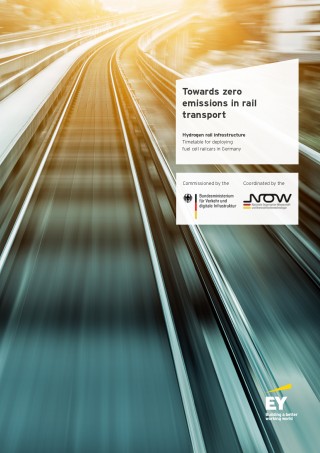The rail network in Germany is 61% electrified with overhead lines. Economic aspects stand in the way of complete electrification with overhead lines on lines with low frequency. On non-electrified lines, conventional rail vehicles with diesel engines are currently used almost exclusively. In order to reduce emissions in rail transport, innovative drive systems with reduced CO2 emissions are to be used on lines without electrification, in addition to the expansion of the rail network electrified with overhead lines.
Under the Federal Climate Protection Act, the transport sector must reduce its emissions along a linear reduction path by 42% – to 95 million metric tons of CO2 – by 2030 compared with 1990. The aim of this funding directive is to increase the share of low-emission drive systems in rail transport. This is intended to contribute to reducing greenhouse gas emissions in the transport sector and thus to achieving the climate protection targets set out in the Federal Climate Protection Act.
Measures under this funding guideline include support for companies and public authorities in the procurement of rail vehicles with innovative low-emission drive systems for passenger and freight transport and in the construction of refueling and charging infrastructure for these rail vehicles. In addition, feasibility studies to investigate the use of alternative drive systems in rail transport are also supported under the directive.

